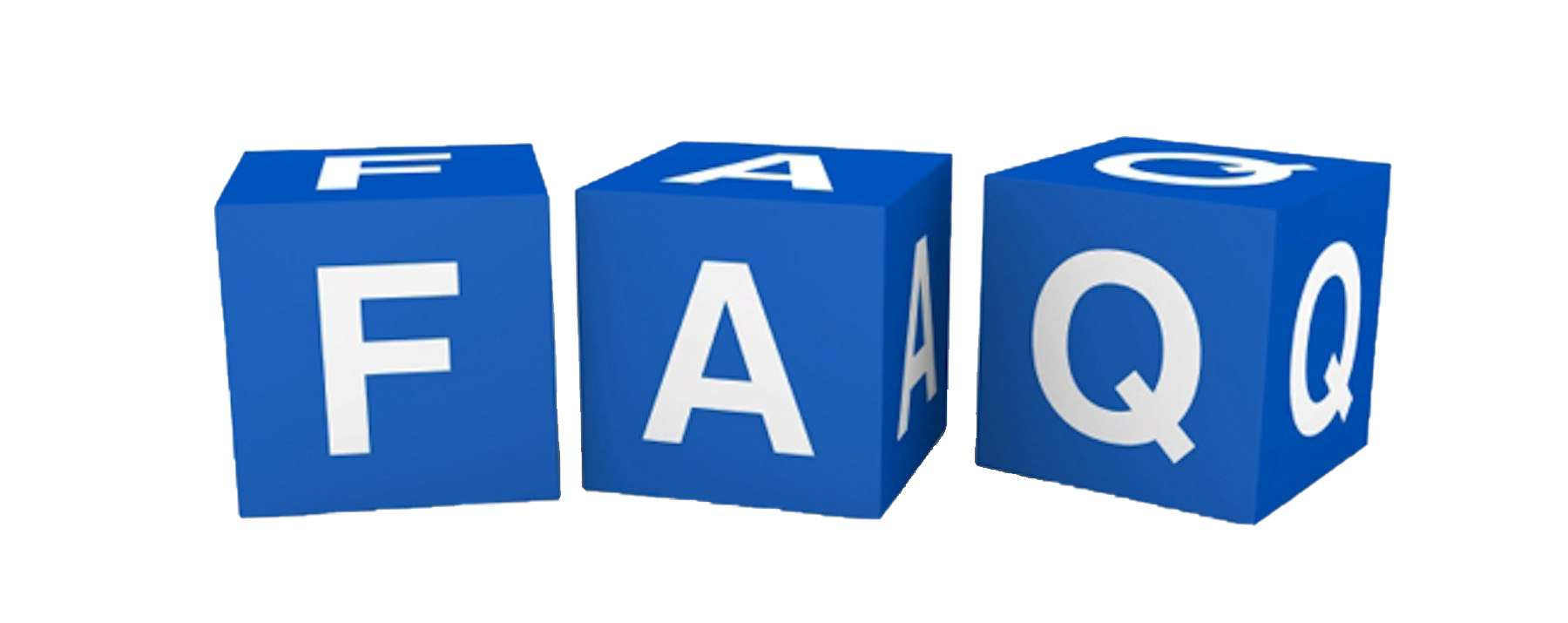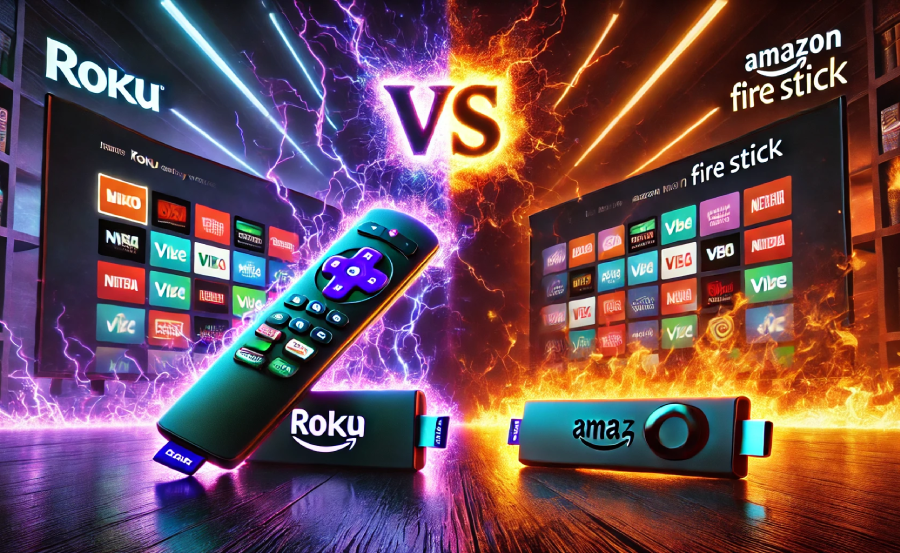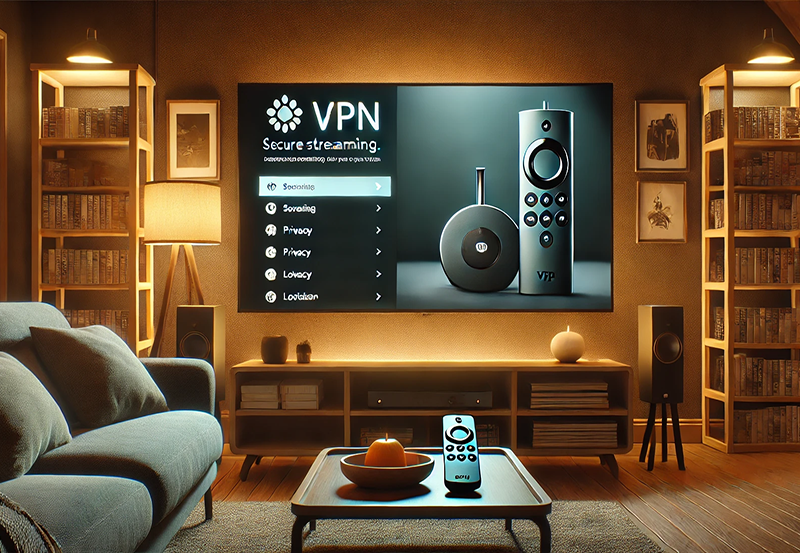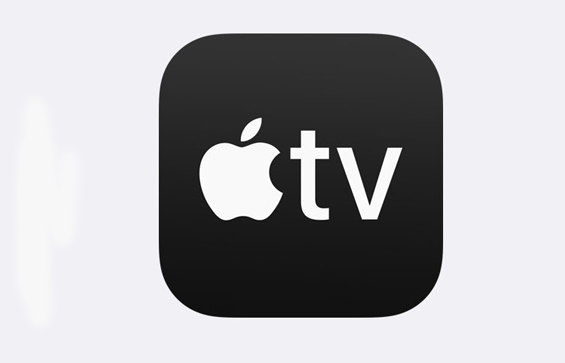When it comes to choosing the best streaming device for your smart home, the options can be overwhelming. Roku and Fire Stick are two of the most popular choices, both offering a variety of features and integrations. But, how do they measure up when it comes to smart home compatibility? It’s not just about IPTV with movies and series or even Premium IPTV, but about how well these devices fit into your connected lifestyle. In this article, we’ll explore the strengths and weaknesses of each, helping you to Stream Smarter and Enjoy IPTV Better in your smart home setup.
Understanding Smart Home Integrations
Before diving into the specifics of Roku and Fire Stick, it is essential to understand what smart home integrations entail. Smart home devices can control various aspects of your home environment, from lighting and temperature to security systems. Integration with streaming devices means these activities are accessible or manageable via your chosen entertainment platform.
Both Roku and Fire Stick aim to enhance your home entertainment system while also providing a seamless connection to other smart devices. This integration is crucial as it allows users to control the interconnected gadgets effortlessly and enhance their viewing experience.
Pro Suggestion:
Access global live TV with Calma Hub IPTV, designed for seamless streaming across all your favorite devices.
Roku Smart Home Capabilities
Ease of Use
Roku is renowned for its user-friendly interface. It provides an intuitive operating system that makes streaming straightforward, even for technology novices. The platform prioritizes simplicity, ensuring that all users can navigate through channels easily.
While Roku offers basic smart home integration, the experience can sometimes feel a bit limited in comparison to its competitors. However, it does support voice control through Google Assistant and Alexa, allowing for some degree of smart home connectivity.
Available Integrations
Roku’s capabilities in smart home integration are growing steadily. Offering support for different services, Roku devices can connect with various platforms. With Alexa and Google Assistant, users can issue voice commands to search for content, control playback, and more.
Although not as expansive as some may hope, Roku’s integration with smart home devices is viable for basic functions. For those focused primarily on enjoying Premium IPTV, Roku provides a solid platform for streaming experiences.
Amazon Fire Stick Smart Home Features
Comprehensive Ecosystem
The Amazon Fire Stick provides a more integrated smart home experience, leveraging the power of Amazon’s expansive ecosystem. Its seamless integration with Alexa offers more fluid control over connected devices, often making it the preferred choice for tech enthusiasts wanting robust smart home solutions.
Fire Stick users benefit from a dynamic experience that easily incorporates lights, thermostats, and more, all controlled via a centralized hub. This feature is particularly useful for users looking to streamline their smart home directly through their entertainment system.
Integration Diversity
One of Fire Stick’s strengths is the diversity of its smart home integrations. This device allows for expansive control over smart home devices, often outperforming Roku in this aspect. Integration with other Amazon services enhances this capability, offering a significant advantage for those heavily invested in Amazon’s ecosystem.
Fire Stick not only handles typical streaming activities but also empowers devices like smart speakers and smart lights, contributing to a fully realized smart home experience.
Comparing Streaming Platforms
Channel Variety and Options
Both Roku and Fire Stick come with an abundance of channels for TV shows, movies, and IPTV series. Roku boasts an extensive library of free and premium channels, while Fire Stick excels with its offerings through Prime Video, as well as access to other platforms via apps.
Determining which device suits your IPTV needs better often comes down to personal preference for the types of content and ecosystem engagements you prefer.
Performance and Reliability
When it comes to performance, both devices provide reliable streaming with support for high-definition and 4K content, ensuring an optimal viewing experience. Their responsiveness, ease of setup, and simplicity put them on common ground.
A distinction often highlighted by users is the platform speed and how well it fits within broader smart home frameworks. For Fire Stick users, the synergy with Alexa results in a more fine-tuned user experience.
Choosing Based on Personal Preferences
Platform Loyalty
For those already integrated with Amazon services, the Fire Stick is typically more attractive. Its ecosystem encompasses many facets of modern smart living, aligning with other Amazon products and streamlining user settings across devices.
Roku isn’t to be discounted, however. Its sleek design and user-first interface continue to win loyal fans who appreciate its straightforward approach, ensuring streaming stays at the forefront without overly complicating the smart home setup.
Cost and Value
Cost is a critical factor in the decision-making process for many users. Both Roku and Fire Stick offer devices in varied price ranges, allowing choices from budget-friendly to premium models. The value proposition often lies in the specific features and functionalities that align with a user’s needs.
Users desiring comprehensive smart home control might foresee better value in a device that plays well with existing setups, regardless of the price tag.
The Verdict: Does More Always Mean Better?
The decision of whether to choose Roku or Fire Stick depends heavily on personal priorities—whether you are seeking an entertainment powerhouse, a smart home controller, or a mixture of both. Determining which to buy isn’t merely a choice of what’s more popular but rather what supports your ecosystem of devices.
At the end of the day, both Roku and Fire Stick offer compelling reasons to be included in your smart home; also important is how they integrate with broader IPTV solutions, whether it is for cable-cutting applications or enhancing your premium viewing experience.
Frequently Asked Questions

Q: Can I use both Roku and Fire Stick in the same house?
A: Yes, you can use both devices within the same home environment. They operate independently and connect to your TV’s HDMIs, allowing for flexibility in viewing options.
Q: Which device supports more smart home integrations?
A: The Amazon Fire Stick typically supports more diverse smart home integrations due to its connectivity with Alexa and broader Amazon services.
Q: Is there a difference in streaming quality between Roku and Fire Stick?
A: Both devices offer comparable streaming quality, with options for HD and 4K content, depending on the model and capabilities of your television.
Q: What should I consider before purchasing a streaming device?
A: Consider your current smart home setup, your platform preferences, the streaming services you use most, and how interactive you desire the smart home experience to be with these devices.
Q: Are there any subscription fees with Roku or Fire Stick?
A: The devices themselves don’t have a subscription fee, but access to certain channels and content may require subscription fees through the service provider.
Q: Can I access IPTV content on both devices?
A: Yes, both Roku and Fire Stick can stream IPTV content, allowing access to a variety of movies and series through compatible apps and services.
Q: How often do these devices receive updates?
A: Both Roku and Fire Stick typically receive regular updates to improve performance and add new features. It is advisable to keep the device connected to the internet for automatic updates.
Getting Started with Zidoo Z9X IPTV: A Beginner’s Guide





